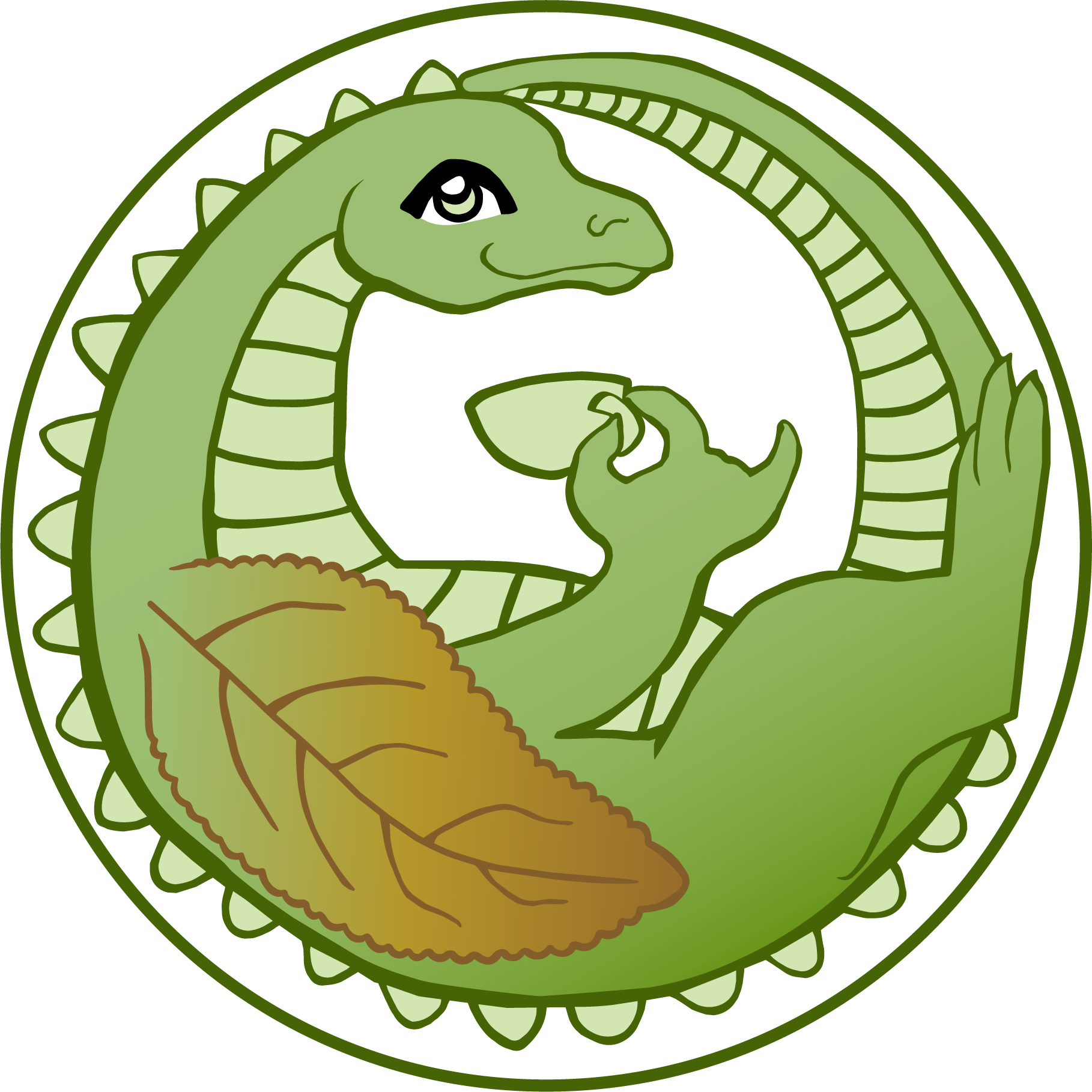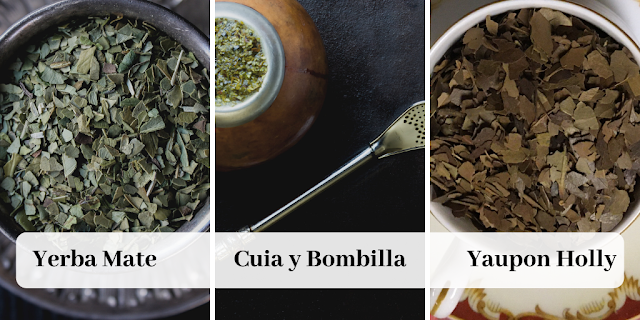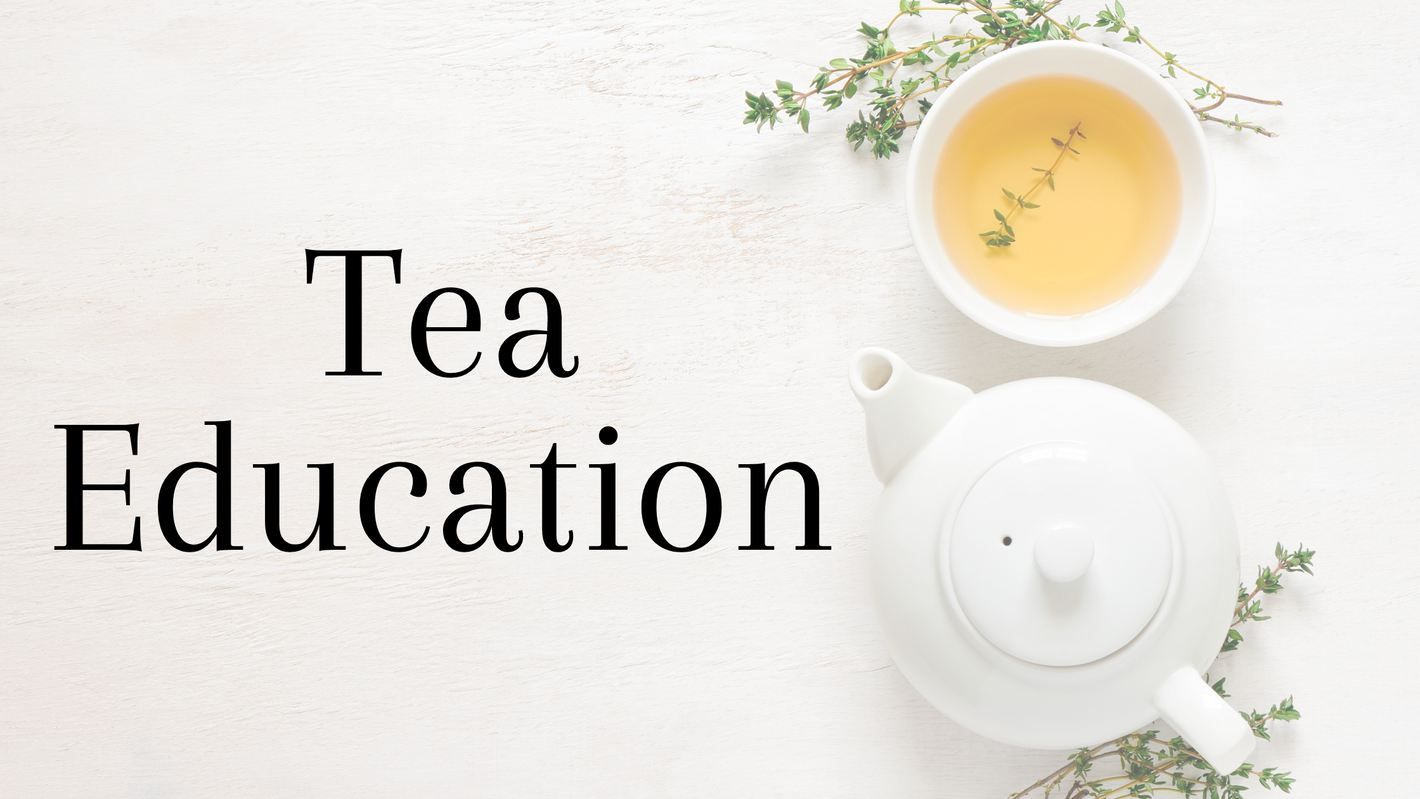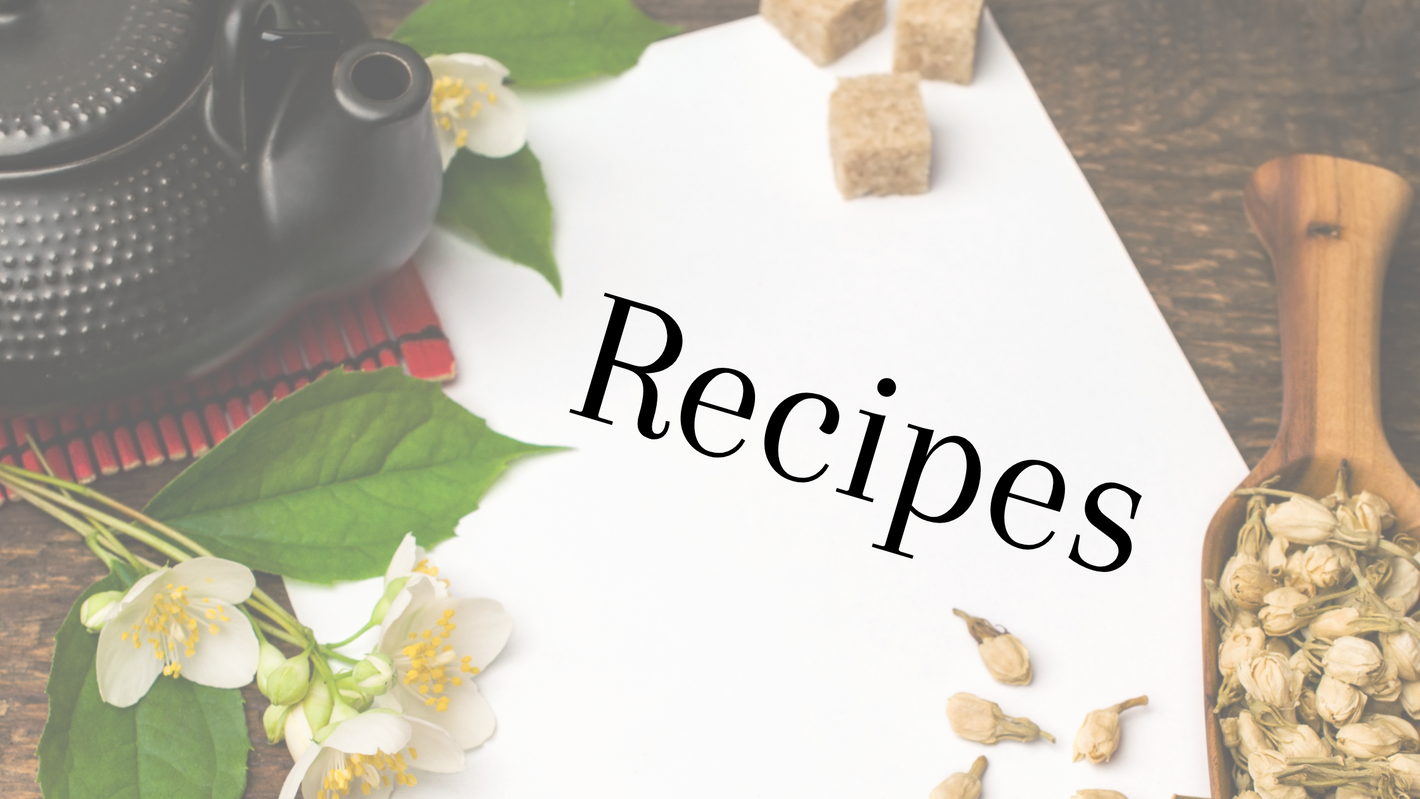It’s true through, the holly family has produced some super tasty rocket fuel level caffeine. We’re talking specifically ilex paraguariensis, ilex guayusa and ilex vomitoria, each native to one of the Americas. Each of these holly varietals offer up about 90 milligrams of caffeine per cup, about on par with drip coffee! These plants rank among only a tiny handful of indigenous caffeinated plants in the Americas, and have each played an important cultural role in their native growing regions’ histories. Let’s learn a thing!
Yerba Mate (South America)
For sure the most well-known of the imbibable holly trio, Yerba Mate (eeAIR-bah MAH-tay) is a mainstream staple in South America. The leaf of the plant is cut and dried, then brewed like tea and enjoyed socially. It's most popularly enjoyed in Argentina, Uruguay, Paraguay & Brazil, though we here in North America sure do import and enjoy an awful lot as well!Traditionally, Yerba Mate is thrown loose into a special gourd called a cuia (CWEE-ah) and sipped through a metal straw with a filter attached to the bottom. This straw is called a bombilla (bohm-BEE-ah). It does a pretty good job of straining out the small leaf, but one learns to live with a little leaf in the mouth. Brewed this way, more hot water can be poured over the leaf in the gourd over and over, and people will pass a gourd around to family and friends, each taking a few sips before passing on to the next. It's also pretty common for people to carry around their gourds and refill throughout the work or play day. Hot water stations can be found on beaches, boardwalks, main drags of various cities. Yerba Mate culture is deeply social and accessible to everyone!
Popularity of loose and hot-brewed Yerba Mate has waxed and waned here in the United States over the years, but we continue to see high demand for Yerba Mate in RTD format (that's "ready to drink," for those of you not up on tea industry parlance, think bottled and canned iced teas) as it has found and maintained a place at the table in our energy drink category.
Guayusa (Central America)
Most well known here in the United States as an energy drink component, Guayusa (wah-YOU-sah) is native to the northernmost Amazon rain forest and is almost exclusively consumed as a tea in Ecuador. Peru and Colombia have been known to get their Guayusa on as well, but the most commonly found form of this plant outside its native growing region is by far the energy drink. Guayusa farmers export a huge majority of their crop to energy drink and diet pill companies due to its naturally potent levels of L-Theanine (a stress-reducing energy booster), caffeine (an appetite suppressant and metabolism enhancer). Like its cousins Yerba Mate and Yaupon, Guayusa is also rich in antioxidants and completely lacking in embittering tannins. Ideal for people looking to decrease appetite and increase energy, though in sharing this information I feel obligated to remind you that these goals are only healthy in super moderation.For the small region where Guayusa grows, it is considered a cash crop. Ilex family plants are almost frighteningly sustainable! They grow aggressively, even in difficult conditions, and can survive both drought and flood with equal ease. There's pretty much no getting rid of these suckers once they've established themselves. Great for farmers, as they require very little tending and can regrow half their body mass in a matter of months. Yowza.
Yaupon Holly (North America)
High crop yield is a current temptation for many farmers in the Southeast of the United States, the region that Yaupon Holly ( YOH-pawn) calls home. North America's only native caffeinated plant can be traced back to Florida, from where it quickly spread to Georgia and Alabama, eventually all the way west to Texas and as far north as Virginia. Yaupon has a rich, roller coaster history of indigenous ritual use, European propaganda, cultural squashing and eventual popularity resurgence. Beverage history is rarely boring, and Yaupon's story is in the "hold my beer" category of dramatic.So here's the story: for thousands of years, the majority of the Southeast's tribes (even extending down into Mexico), in addition to enjoying the myriad anti-inflammatory, anti-fungal, anti-bacterial, etc. properties of the plant, made regular practice of fortifying with Yaupon tea before charging into battle. The leaf would be brewed strong in a kettle over a fire, then cooled and chugged down a gallon or so per warrior. This was called "black drink" and the practice was done on an empty stomach to increase the effects of the caffeine, and once the buzz hit they would force themselves to vomit out the tea. This practice left the warriors light, empty, and so high on caffeine they felt invincible. So friggin hardcore.
Yaupon Holly grows easily and takes to new environments quickly. When the white settlers discovered the plant, they took it back to Europe and it became a popular tea alternative that anyone could easily grow. The English populace became particularly enamored of the plant, and with a tannin-free tea alternative (dubbed "Carolina Tea") growing in everyone's yard, both tea and sugar sales tanked in the UK. The King's personal botanist made a bold strategic choice and began marketing Yaupon as the "drink of savages," even going so far in his smear campaign as to assign the scientific name ilex vomitoria in order to further drive home the point. The image of Yaupon as the barf-inducing (untrue, btw, Yaupon possesses no emetic properties) plant of heathens contrasted in the media with images of the queen drinking her proper English tea, imported from the East Indies and made palatable with sugar. The campaign was successful and the populace once more veered away from their garden holly and back to their original love, Camelia Sinensis (true tea).
The tragic misrepresentation of Yaupon Holly put a damper on its appeal for white people, and as more and more land and culture was taken from the indigenous people in the Southeast, the practice of drinking Yaupon was almost entirely lost. Only in the last few years have we seen a resurgence of education and a return to popularity for this beverage. Indeed, farmers in Florida are beginning to put serious research into replacing orange groves with Yaupon farms as climate change and invasive pest species render oranges ever more expensive and environmentally destructive to maintain. From an economic standpoint, Yaupon is the clear choice. I'm personally curious to see where the Yaupon industry goes in the next few years. My guess? We'll see it loose and bagged, green and roasted on every shelf right next to the Yerba Mate within five years.
If you're curious to try these beverages for yourself, follow the links to find our selection of Yerba Mate and Yaupon Holly (both green and roasted). Remember, this stuff is POTENT! Take it easy as you begin to explore, and let me know how you enjoy your ilex! Mate Lattes had a real moment here in Seattle about a decade back, and iced Yaupon is starting to get some buzz in the natural caffeine circuit. What are you trying?
Happy sipping!
xoxo, Friday
Sources:
- Lost Pines Yaupon research- https://lostpinesyaupontea.com/pages/about-yaupon
- PDX Tea Fest 2019 lecture by Yaupon Brothers CTO Mark Steele
- Wild Edible - https://www.wildedible.com/wild-food-guide/yaupon-holly
- MarketWatch Yerba Mate report - https://www.marketwatch.com/press-release/global-yerba-mate-market-by-manufacturers-regions-type-and-application-forecast-to-2024-2019-07-02
- The Guyausa Co. L-Theanine report - https://theguayusa.co/blogs/news/42090625-l-theanine-a-goddess-in-the-guayusa







